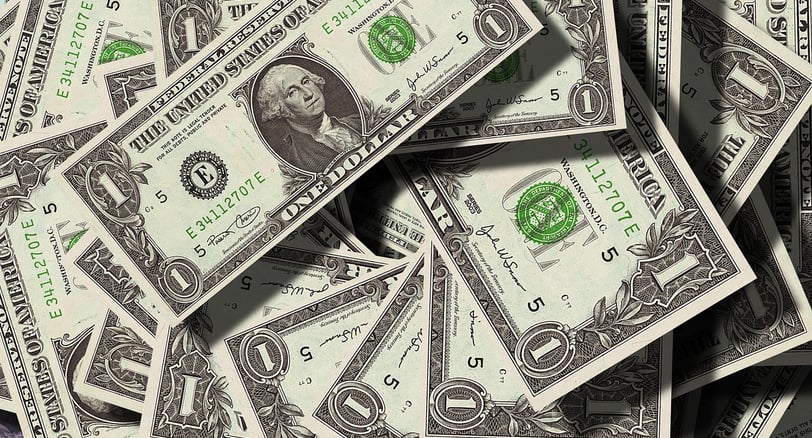"History of Money: From Ancient Civilizations to Modern Currency | Evolution of Barter, Gold Standard & Digital Age"
"Discover the complete history of money: from ancient barter systems and the first coins to paper currency, the gold standard, and cryptocurrency. Explore how money evolved over 10,000 years and shaped global economies!"


Introduction: The Universal Language of Trade
Money is the cornerstone of human civilization, a tool that transcends borders, cultures, and millennia. From seashells to cryptocurrencies, the evolution of money reflects humanity’s ingenuity in solving the challenges of trade, trust, and value storage. In this deep dive, we’ll unravel the rich history of money, tracing its origins in ancient civilizations to the sophisticated financial systems of today.
1. The Dawn of Trade: Barter Systems in Ancient Civilizations
Long before coins or paper, humans relied on the barter system—direct exchange of goods and services. Early agrarian societies traded livestock, grains, and tools. However, barter had limitations:
Lack of Standardization: A cow might be worth 100 sacks of grain, but what if you only needed 10?
Perishability: Goods like milk or fruit spoiled quickly.
Double Coincidence of Wants: Both parties needed to desire each other’s goods.
This inefficiency sparked the search for a universal medium of exchange.
2. The Birth of Commodity Money: From Grain to Precious Metals
Around 9000 BCE, societies began using commodity money—items with intrinsic value. Examples include:
Mesopotamia (3000 BCE): The shekel, a unit of weight for barley.
Egypt (2000 BCE): The deben, a measure of copper or grain.
China (1200 BCE): Cowrie shells, prized for their rarity and durability.
Metals Take Center Stage
By 1500 BCE, metals like bronze, silver, and gold became preferred for their durability and divisibility. The Lydians (modern-day Turkey) made history in 600 BCE by minting the first standardized coins from electrum (a gold-silver alloy). These coins bore royal stamps to certify weight and purity, revolutionizing trade.
3. Paper Money: China’s Groundbreaking Innovation
While Europe clung to metal coins, Tang Dynasty China (7th century CE) pioneered paper money. Merchants used “flying money” (feiqian)—promissory notes to avoid transporting heavy coins. By the Song Dynasty (11th century), the government issued the world’s first state-backed paper currency, jiaozi.
Why Paper Money?
Facilitated large-scale trade across the Silk Road.
Reduced the risk of theft during travel.
Laid the foundation for modern banking systems.
4. Medieval Europe: From Knights Templar to Banking Houses
In medieval Europe, coins remained dominant, but new financial instruments emerged:
Knights Templar (12th century): Issued pilgrim letters of credit, an early form of traveler’s checks.
Italian Bankers (14th century): Families like the Medici introduced bills of exchange and double-entry bookkeeping.
The scarcity of precious metals later spurred exploration, as European powers sought gold and silver in the Americas.
5. The Gold Standard: Currency Backed by Precious Metals
The 19th century saw nations adopt the gold standard, pegging currency values to gold reserves. Benefits included:
Stability: Currencies had tangible backing.
Global Trade: Exchange rates became predictable.
However, the Great Depression (1930s) exposed its flaws, as limited gold supplies constrained economic flexibility.
6. Modern Fiat Money: Trust in Government
Post-World War II, the Bretton Woods Agreement established the US dollar as the global reserve currency, backed by gold. By 1971, President Nixon ended dollar-gold convertibility, ushering in fiat money—currency value based on government decree rather than physical commodities.
Advantages of Fiat Currency:
Central banks control money supply to manage inflation.
Enables rapid response to economic crises (e.g., quantitative easing).
7. Digital Revolution: Cryptocurrencies and Cashless Societies
The 21st century introduced digital currencies, reshaping money’s future:
Bitcoin (2009): Decentralized, blockchain-based currency challenging traditional banking.
Mobile Payments: Apps like Alipay and Venmo make cash obsolete for millions.
Central Bank Digital Currencies (CBDCs): Governments explore digital versions of national currencies.
Key Milestones in the Evolution of Money
3000 BCE: Mesopotamian shekels (barley).
600 BCE: First Lydian coins.
11th Century: Chinese paper money.
1816: UK adopts the gold standard.
1971: End of the gold standard.
2009: Bitcoin’s blockchain launch.
FAQs
Q: What was the first form of money?
A: Commodity money like grain, livestock, and cowrie shells predated coins.
Q: Why did paper money originate in China?
A: China’s vast empire and Silk Road trade necessitated lightweight, portable currency.
Q: How does fiat money retain value?
A: Its value stems from government regulation and public trust, not physical commodities.
Q: Will cryptocurrencies replace traditional money?
A: While growing in influence, cryptos face regulatory and scalability challenges.
Conclusion: Money as a Mirror of Human Progress
From Mesopotamian grain receipts to contactless payments, money’s evolution mirrors humanity’s quest for efficiency, trust, and innovation. As we embrace digital currencies and AI-driven finance, one truth remains: money isn’t just a tool—it’s a testament to our collective imagination.
